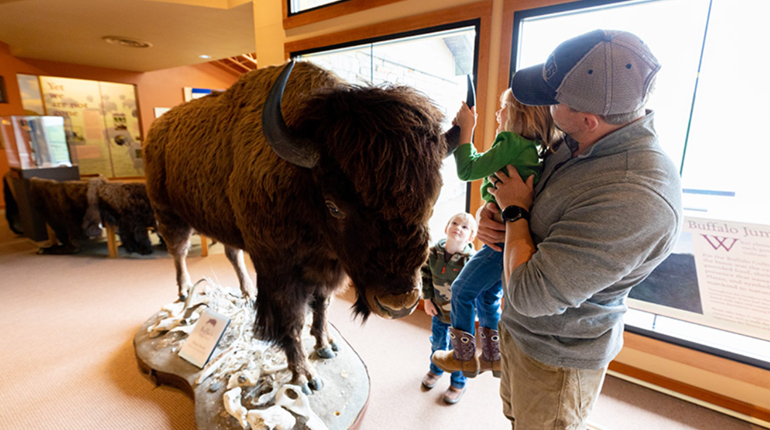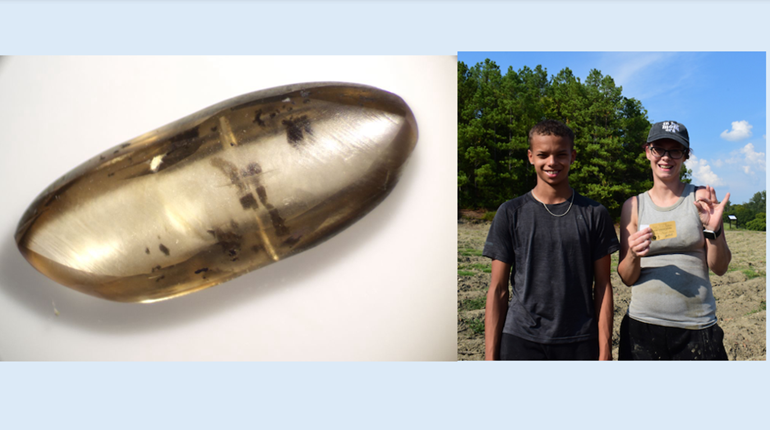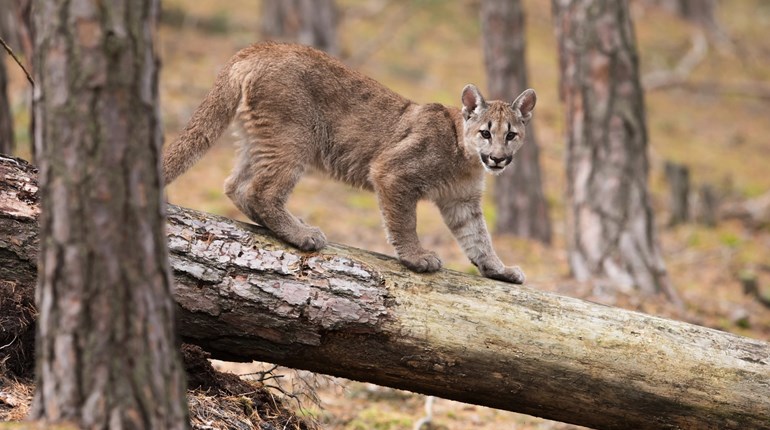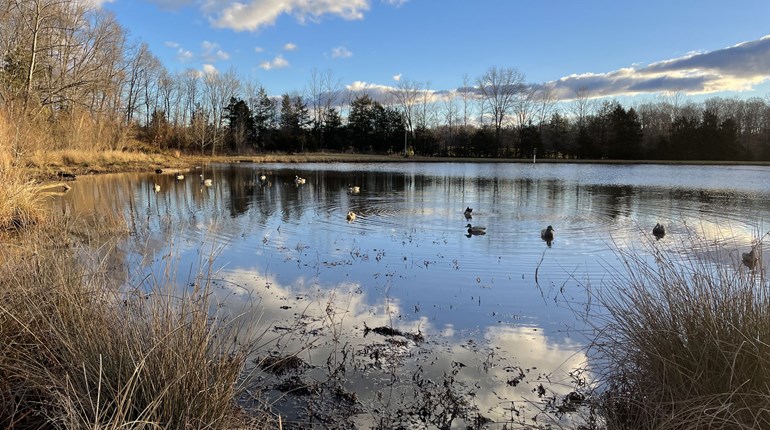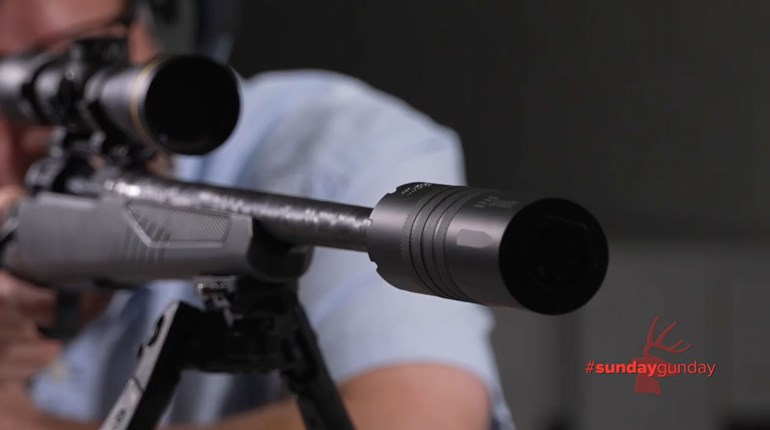
Springtime is here, and that means baby animals in the wild. It's exciting to see, but it's best to keep your distance and ensure your kids and pets do the same. Picking up young wildlife can do more harm than good, and it is also often against the law.
When people see young animals alone, they often mistakenly assume these animals are helpless or lost, in trouble or needing to be rescued. Bringing young wildlife into a human environment often results in permanent separation from their mothers and a sad ending for the animal.
Handling wildlife could also pose a threat to the people involved. It's not just about charging mama bears (although yes, that is a real concern). It's about possibly transmitting diseases from rabies to the highly pathogenic avian influenza virus (HPAI). HPAI has been found in a number of wild bird populations nationwide, and as of right now many wildlife rehabilitation centers are declining new avian patients.
It's important to note that no humans have been diagnosed with HPAI. However, in the wake of the COVID-19 pandemic, which is thought to have originated in wildlife, sensible precautions are in order. Right now, hunters are advised to use caution when handling and field-dressing harvested birds . Wearing gloves and washing hands thoroughly with soap and water are recommended. Dress game birds in the field whenever possible. Poultry and waterfowl should be cooked to an internal temperature of 165 degrees F.
What should you do? Biologists encourage wildlife watchers to respect the behavior of animals in the spring and early summer, and to resist the urge to assist wildlife in ways that may be harmful. Here are some helpful tips:
- Deer and moose nurse their young at different times during the day, and often leave young alone for long periods of time. These animals are not lost. Their mother knows where they are and will return.
- Young birds on the ground may have left their nest, but their parents will still feed them.
- Young animals such as fox and raccoon will often follow their mother. The mother of a wildlife youngster is usually nearby but just out of sight to a person happening upon it.
- Animals that act sick can carry rabies, parasites or other harmful diseases. Do not handle them. Even though they do not show symptoms, healthy-looking raccoons, foxes, skunks and bats may also be carriers of the deadly rabies virus.
- Many wildlife species will not feed or care for their young when people are close by. Obey signs that restrict access to wildlife nesting areas, including hiking trails that may be temporarily closed.
- Keep domestic pets indoors, leashed or fenced in. Dogs and cats kill many baby animals each year.
- Avoid projects that remove trees, shrubs and dead snags that contain nests during the spring and summer.













